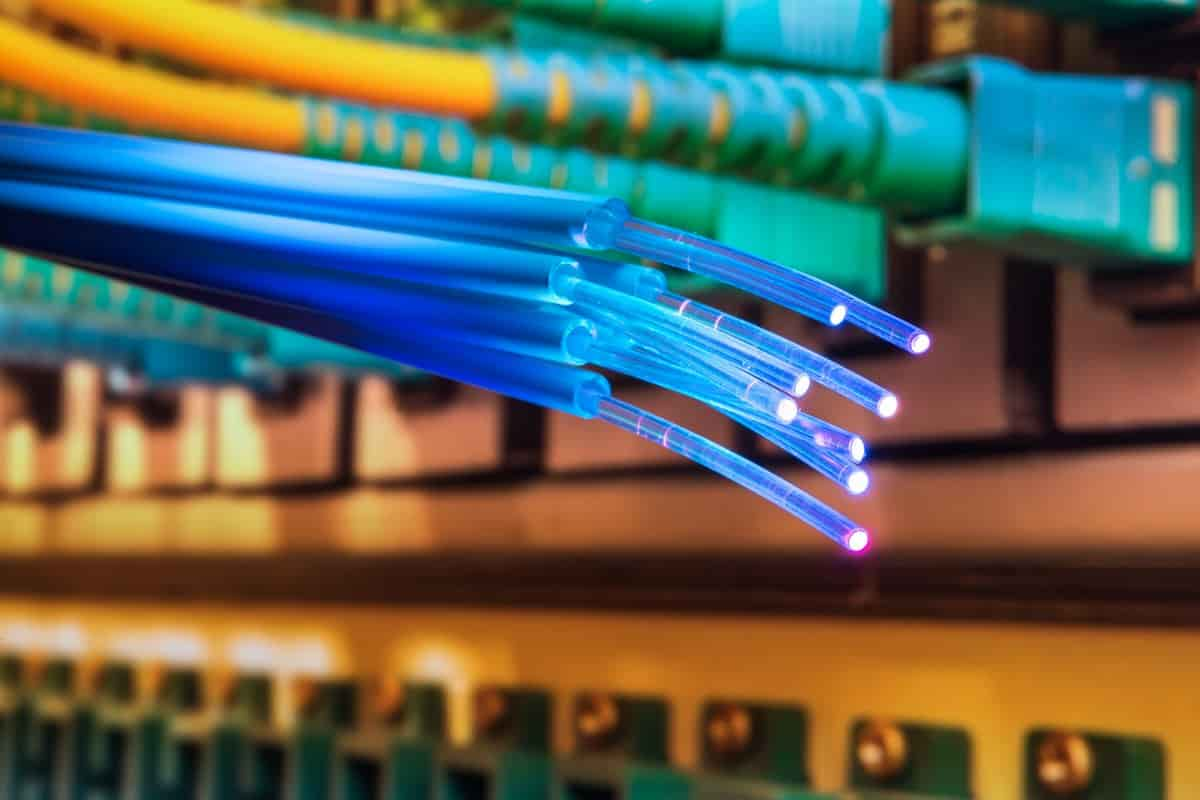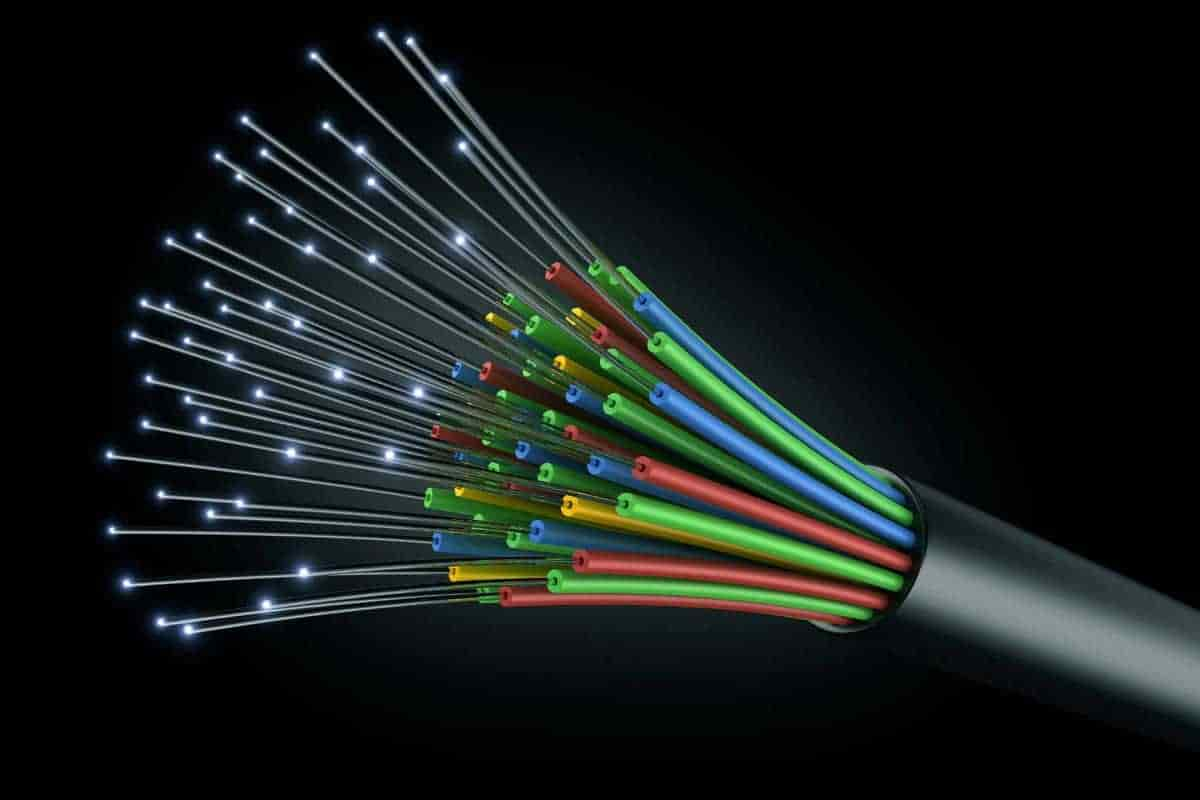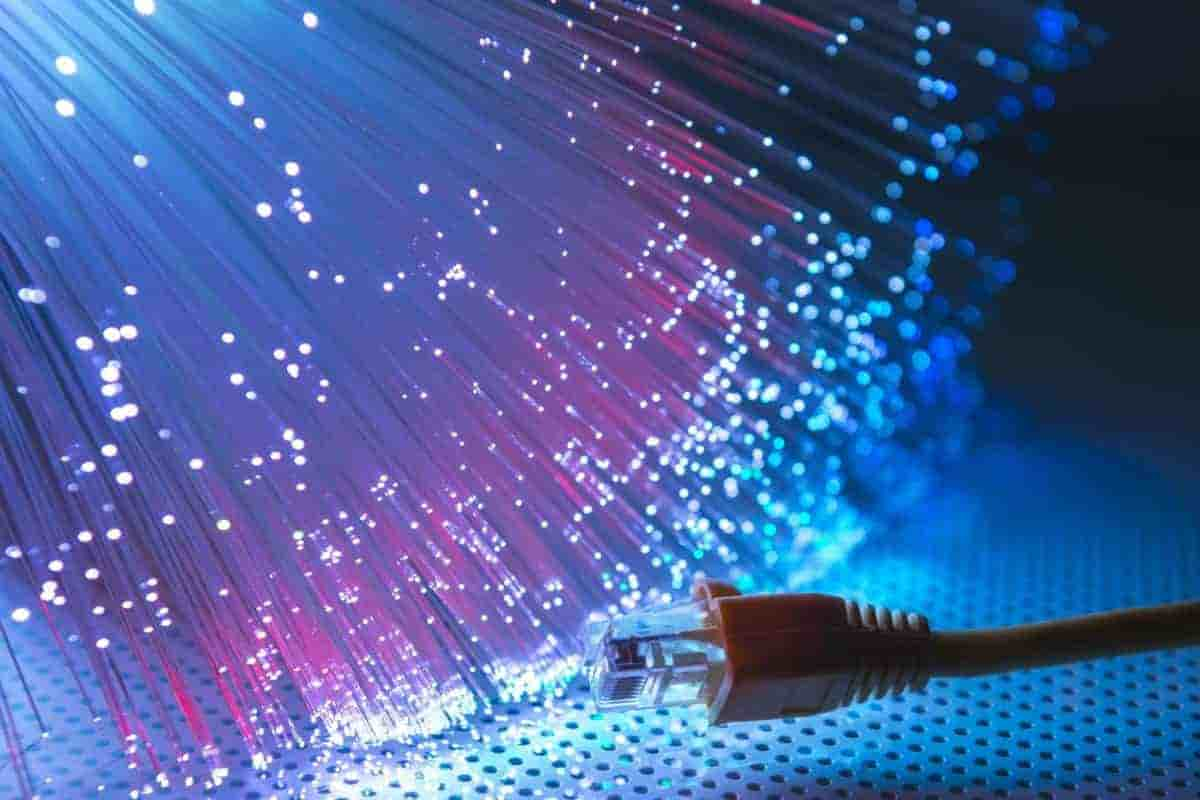In our daily and routine life, wire and cable define the meaning of telecommunication. This shows that the definition of communication has changed with the advancement of technology.
optical fiber cable diagram
Although many of us are familiar with the terms "fiber optics" and "optical fiber" technologies, which are used to describe a specific kind of cable and technology that makes use of light, respectively, very few of us actually grasp what they mean. In this article, we will discuss the fundamentals of fiber optic technology, including how to work with it, its purpose, features, and benefits, as well as what fiber optics are used for today and in the past. We will investigate the solutions to the question, "How do fiber optics work?" How exactly do optical fibers function? And, how exactly does one use fiber optics? What exactly is meant by the term "optical fiber" or "fiber optics"? Fiber optics, also known as optical fibers, are long strands of glass that are so thin that they are about the same diameter as a single human hair. These strands are then bundled together to form what is known as fiber optic cables. They are essential to the long-distance transmission of light signals that we rely on. The light signals are encoded with data at the source where they are transmitted. This data is identical to the data that appears on the display of a computer. 
optical fiber cable structure
Therefore, the fiber sends "data" in the form of light to a receiving end, which then decodes the light signal as if it were data. As a result, fiber optics is a transmission medium; more specifically, it is a "pipe" that can convey signals over very long distances at very high rates. What exactly is the function of fiber optics? The use of endoscopes as the impetus for the initial development of fiber optic cables dates back to the 1950s. The goal was to assist medical professionals in viewing the interior of a human patient without the need for extensive surgery. In the 1960s, engineers working in the field of telecommunications discovered a technique to make the same technology capable of "light speed" transmission and reception of telephone calls. This decreases to about two-thirds of its original speed when traveling through a cable, but in a vacuum, it would travel at approximately 186,000 miles per second. So, what exactly are the applications of fiber optics? To put it succinctly, for the purposes of signal transmission, communication, and vision (video). What is the Function of a Fiber Optic Cable? The light in a fiber optic cable makes its way down the cable by periodically reflecting off the walls of the cable as it goes. Each light particle, also known as a photon, is reflected several times as it travels down the conduit, creating a mirror-like effect. The light beam moves through the center of the cable in this direction. The center of both the cable and the glass structure is referred to as the core. Another layer of glass forms the cladding, which is then wrapped around the core. Cladding is used to prevent light signals from escaping the core of the device. 
optical fiber cable types
Different kinds of cables used for fiber optics There are many different kinds of fiber optic cables, and most of them eventually find their way into fiber optic cable assemblies so that they can carry out their intended purpose. Single And Multimode Fiber Light signals are carried in modes using fiber optic lines. One of the possible courses that the light beam takes as it moves through the fiber is referred to as a mode. There are two types of fiber cables: single mode and multimode. The most straightforward structure is single mode fiber. All signals are sent in one direction, down the middle of the extremely thin core, without resonating off the sides of the structure. The signals in CATV, Internet, and telephone applications are often carried by a bundle of single mode fibers, which is why single mode fiber optic cables are typically utilized for these three types of applications. The other variety of fiber used in fiber optic cables is multimode fiber. Comparatively, a single mode cable is around ten times smaller than this one. The light beams are able to navigate through the core in a number of distinct modes as well as a variety of distinct pathways. These sorts of cables are only capable of sending data over relatively limited distances. Because of this, among other things, they are utilized for the purpose of linking different computer networks. There are four distinct varieties of multimode fiber optic cables, each of which is denoted by the letter "OM" (optical multimode). They were given the designations OM1, OM2, OM3, and OM4 by an industry organisation. They are defined under the international standard ISO/IEC 11801. The standard for OM4, which was adopted by TIA/EIA 492AAAD, stipulates that each OM must meet a minimum criterion for its modal bandwidth. Plenum 
optical fiber cable price
In addition, fiber optic cables can be manufactured to meet the specifications established by the industry standard for installation in air plenums. For the purpose of jacketing, these are utilized inside of buildings along with specialized materials and chemicals. In the case of a fire, these wires, which are also known as "plenum cables," satisfy flame and toxicity criteria. Optical Fiber Can Be Both Simplex And Duplex In the production of simplex fiber optic cables, there is only a single strand of glass used. When only a single transmit and/or receive line is required between devices or when a multiplex data transmission is employed, simplex fiber is the type of fiber that is used the vast majority of the time (bi-directional communication over a single fiber). Two strands of glass or plastic fiber are used in the construction of a duplex fiber cable. This type of cable is typically constructed in the shape of a "zipcord," and it is most frequently used for duplex communication between devices. This type of communication requires a distinct transmit and receive signal. Optical fiber technology can also be applied in a variety of other contexts. In addition to plenum cable constructions, makers of fiber optic cable assemblies create the following:
- "Siamese" structures (two cables side by side, each with its own jacket)
- hybrid cables (with copper cables)
bundled and composite cable constructions that sometimes contain power pair cables, copper cables, or other types of fiber optic cables. When it comes to connecting the various pieces of electronic equipment found in a server room, telco closet, or data center, shorter "patch cables" or "fiber jumpers" are the cables of choice. The Numerous Roles That Optical Fiber Plays in Our Everyday Lives What exactly is it that optical fibers are utilized for? Plastic fibers that carried colored lights might have been used in some decorative applications you've seen. What you may not have seen are the real glass fiber optic cables that are now the core of our communication and computing networks. 
optical fiber cable image
There are many thousands of miles of fiber optic cable that has been laid, and it carries a variety of information below ground, in tunnels, on the walls and ceilings of buildings, and in other hidden locations. The following are some examples of applications in which optical fiber can be useful in our everyday lives:
- Internetworking of computers
- broadcasting
- medical scanning
- military equipment
In recent years, new applications for fiber optic technology have emerged. MANs, WANs, and LANs all rely heavily on fiber optic cables as their primary data transmission medium. Applications that utilize "FTTX" or "Fiber to the XXXX" have been increasingly popular recently. That might include, for instance, Fiber to the:
- Home (FTTH)
- Curb (FTTC)
- Premise (FTTP)
- Construction (FTTB)
- Node (FTTN)
In the beginning, the primary applications for fiber optics were trunk cable lines, which were created to convey signals to more densely populated areas. 
